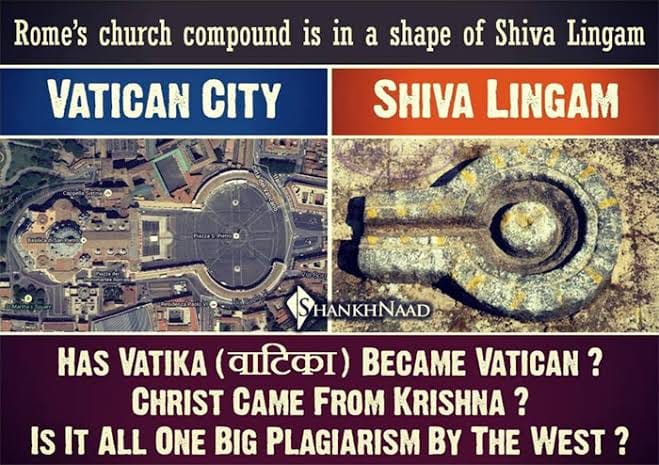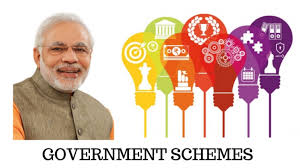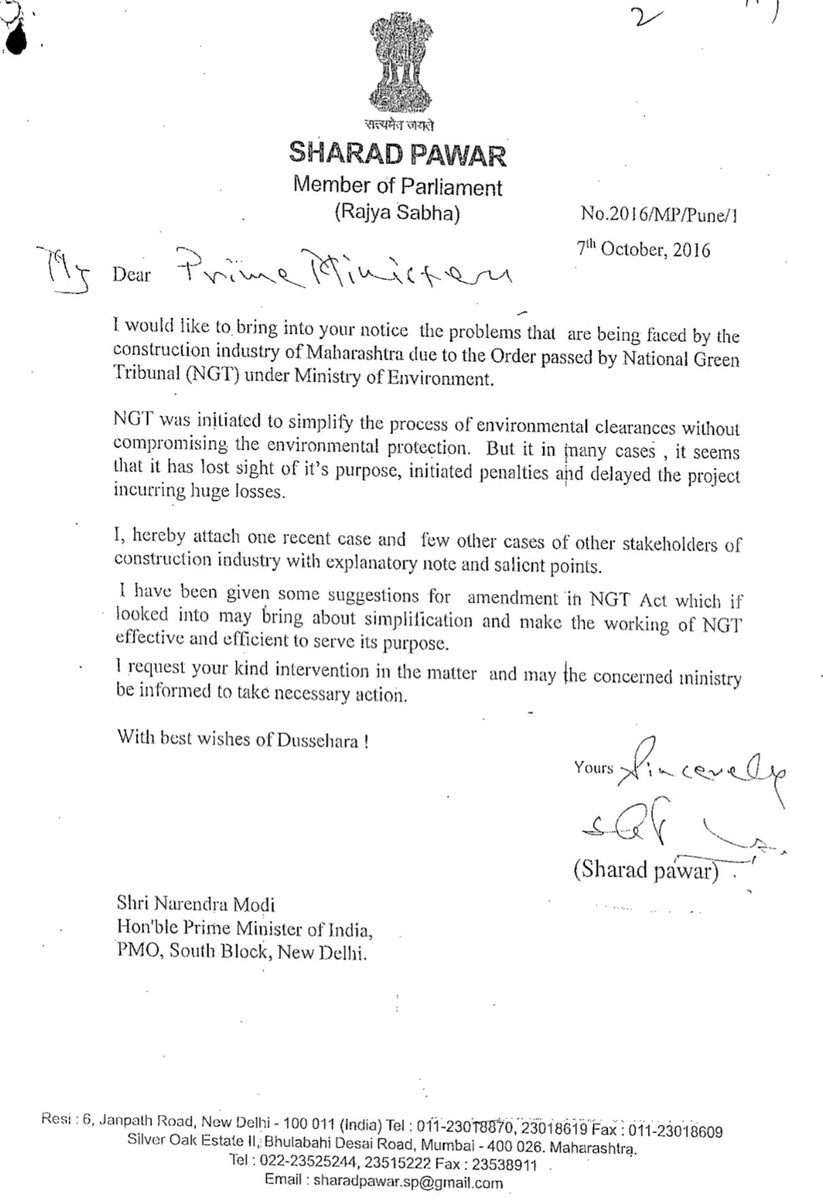1) IRDA annual reports
2) Alvarez & Marshall report
3) Primary interviews with 3 private motor insurers, 2 leading insurance brokers, 2 OEM dealerships and attached garages, 50 car owners.
Keep Current with Mayank Jain
This Thread may be Removed Anytime!
Twitter may remove this content at anytime, convert it as a PDF, save and print for later use!

1) Follow Thread Reader App on Twitter so you can easily mention us!
2) Go to a Twitter thread (series of Tweets by the same owner) and mention us with a keyword "unroll"
@threadreaderapp unroll
You can practice here first or read more on our help page!



